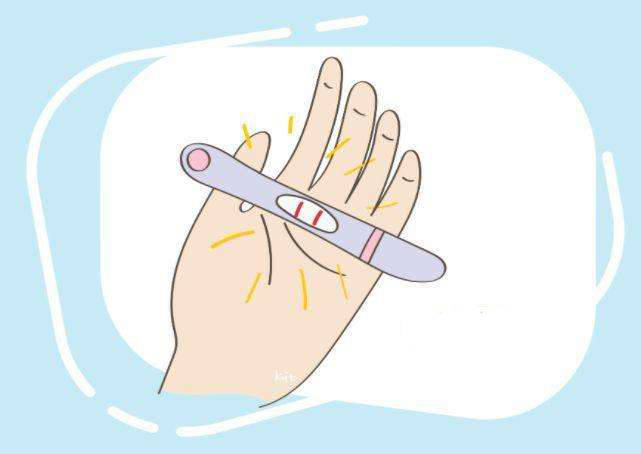The shedding of the endometrium generally does not allow a fertilized egg to implant because endometrial shedding usually occurs during the menstrual period, during which ovulation does not take place, and without ovulation, menstruation does not occur, hence eliminating the issue of implantation failure. Endometrial shedding typically occurs during the menstrual period, although there can also be abnormal shedding of the endometrium, mainly related to breakthrough bleeding, which is often irregular and can lead to heavy vaginal bleeding.
What is endometrial shedding?
Endometrial shedding refers to the process in the menstrual cycle where a layer of the uterine endometrium is expelled from the body. This is a normal physiological process in the female reproductive system and usually occurs during a part of the menstrual cycle. After the egg and sperm unite to form a fertilized egg, it needs to successfully implant on the endometrium to develop into an embryo. Generally, the fertilized egg implants on the endometrium in the second week of the female menstrual cycle, around 6 to 10 days after ovulation. Endometrial shedding typically occurs in the first stage of the menstrual cycle. If the fertilized egg fails to implant on the endometrium, it will be expelled from the body, usually during the next menstrual cycle. Implantation is a crucial step in pregnancy, indicating that the fertilized egg has successfully implanted in the endometrium, and the female may be pregnant. However, successful implantation depends on various factors, including the health of the endometrium and the fertilized egg. Any issues may affect successful implantation, leading to infertility or miscarriage.
Endometrial shedding and implantation failure
Generally, a fertilized egg does not implant during endometrial shedding. Since endometrial shedding mainly occurs during the menstrual period, it is not conducive to conception during this time due to the risks of infection and gynecological diseases. Ovulation does not occur during menstruation, and without ovulation, menstruation does not happen, thereby eliminating the issue of implantation failure. It is advisable to engage in intercourse outside of the menstrual period. If pregnancy is not desired, proper contraceptive measures, such as using condoms, should be taken during intercourse to ensure safety and hygiene.
Two scenarios of endometrial shedding
1. Normal physiological phenomenon: Endometrial shedding is a normal physiological process characterized by the shedding of the endometrium under the influence of cyclic hormones secreted by the ovaries, typically occurring in menstrual cycles ranging from 21 to 35 days.
2. Abnormal phenomenon: Abnormal shedding of the endometrium refers to breakthrough bleeding, commonly seen during menopause or adolescence when ovarian function is immature or declining, leading to irregular ovulation and changes in estrogen and progesterone levels, resulting in unregulated menstruation. With the endometrium thickening under the singular effect of estrogen, once it reaches a certain thickness, endometrial shedding occurs, leading to breakthrough bleeding, which is categorized as abnormal shedding of the endometrium. This type of shedding is often irregular and can cause significant vaginal bleeding.
In conclusion, a fertilized egg generally does not implant during endometrial shedding since endometrial shedding usually occurs during the menstrual period, wherein ovulation does not occur, consequently eliminating the issue of implantation failure.


